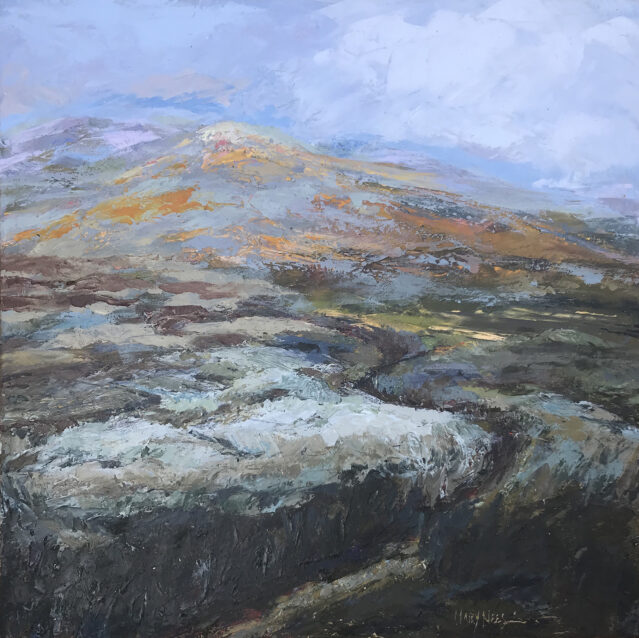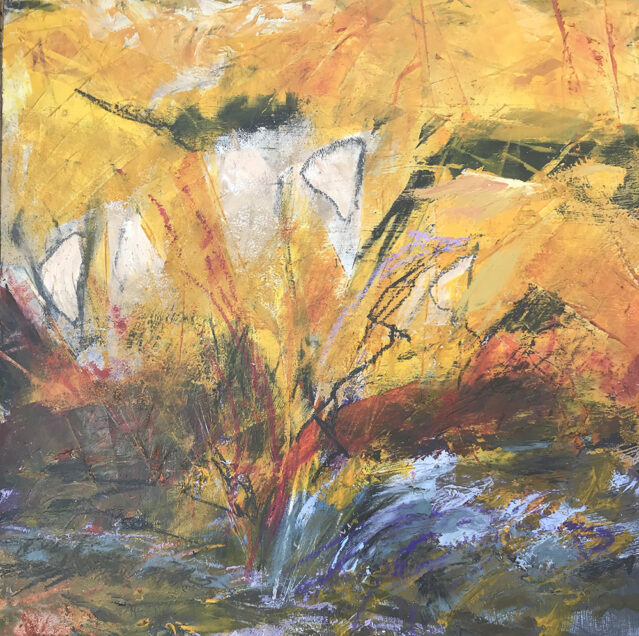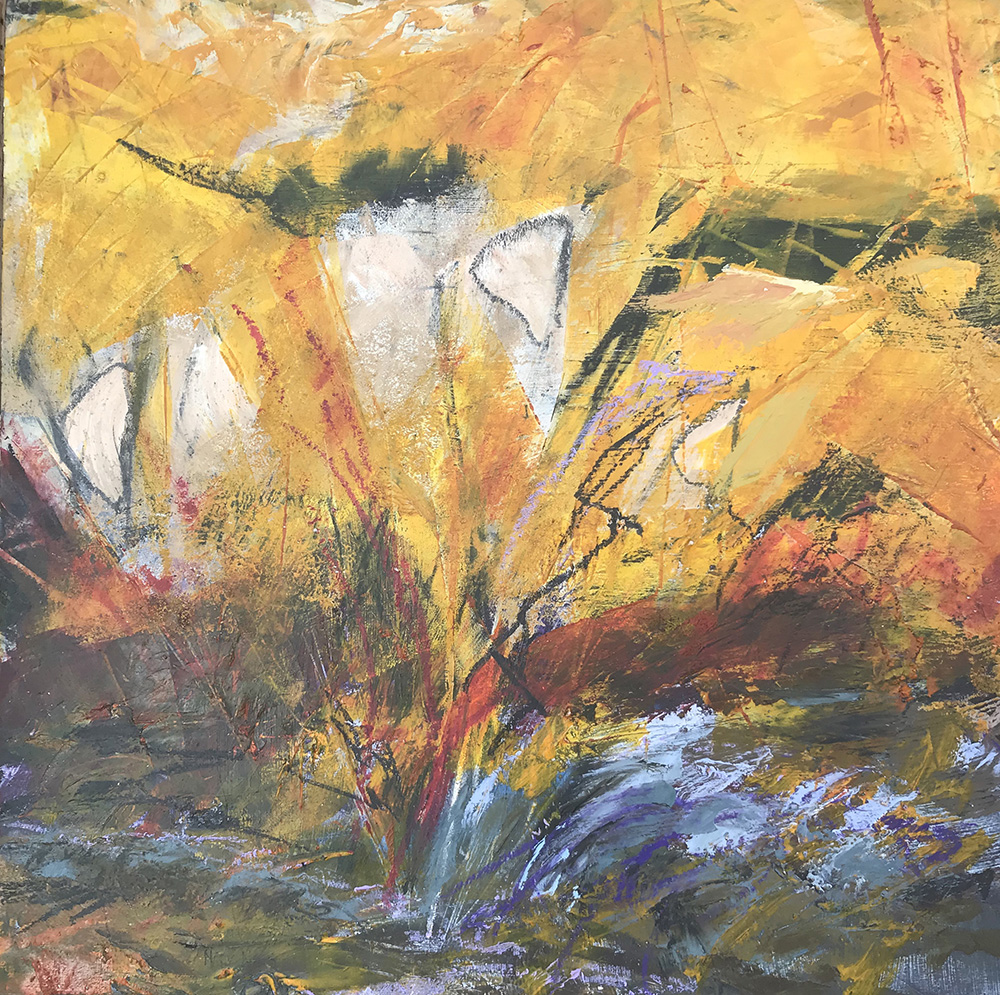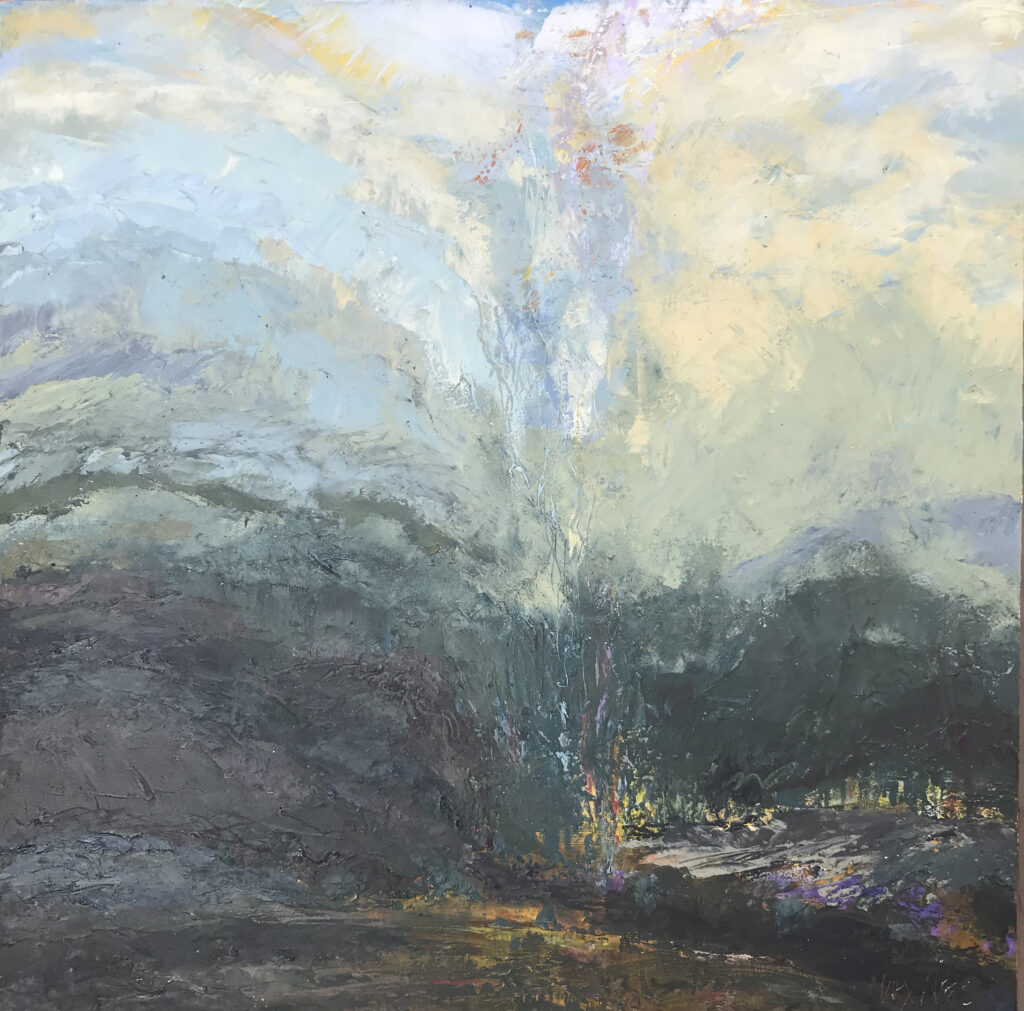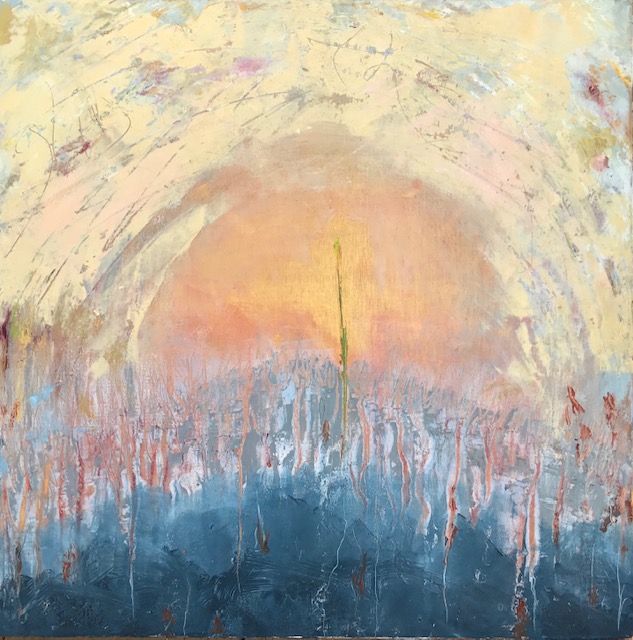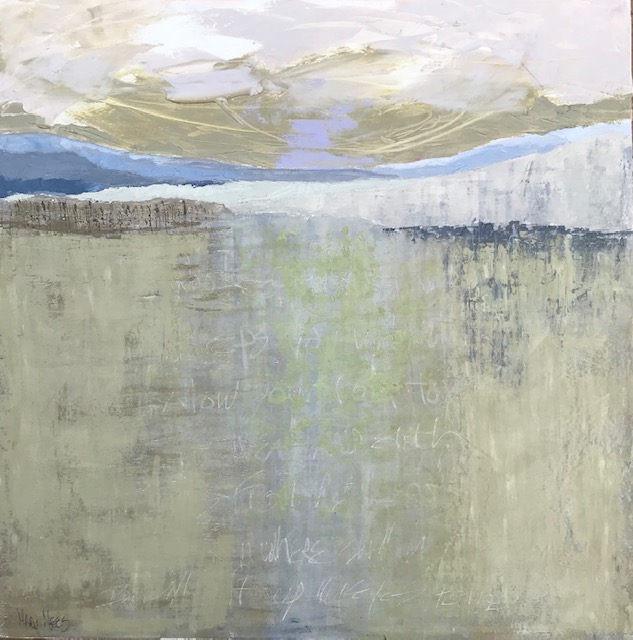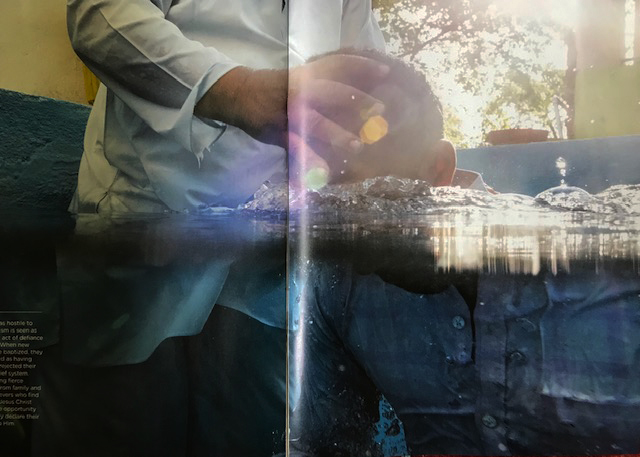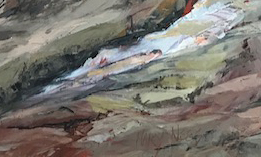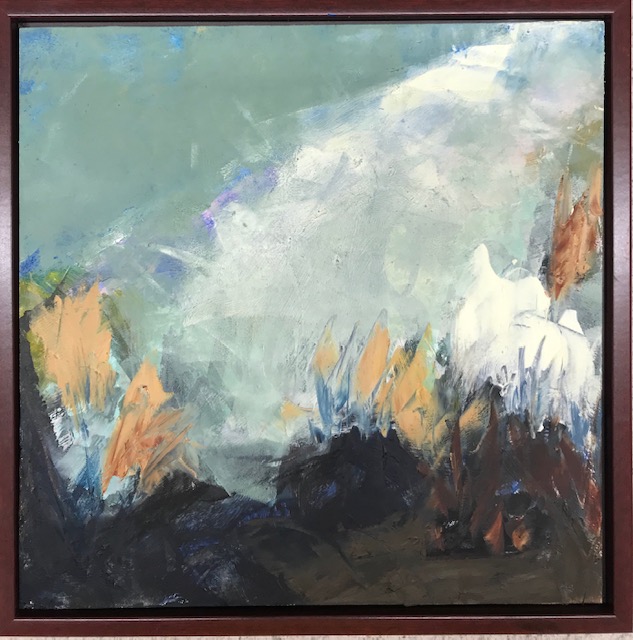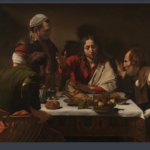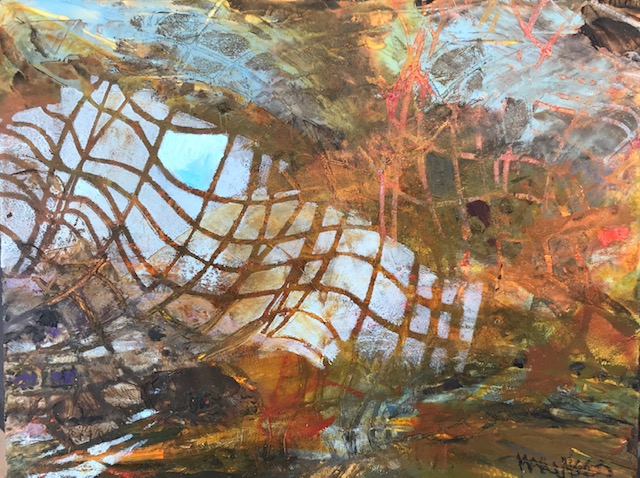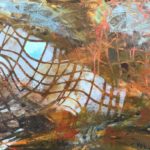The meter has been established: a triplet tempo; and we’re about to finish the 2nd stanza of this collection of 15 Psalms. One could call the 1st stanza, or triplet of Psalms in this series of 15, an ENTRY into the journey back to Jerusalem from captivity. That journey was historically real from the 6th century BCE, but the entire song serves also as a type for any current pilgrim’s trek back into harmony with his Maker. Hence, we have the collection recorded for all of us in this songbook called the Psalms.; it’s a pattern of return which is timelessly relevant.
The second triplet (Psalms 123-125) is about the TESTING disruption on that way. The crucial pivot, the middle Psalm in this triplet, proclaimed the score (last post) and now we see the resolve from that test: enjoyment and some settled rest.
Every triplet ends in verbalized evidence of pause after recent tension. You’ll see this pattern 3 more times in this collection. Rest is such a gift from a good God.
So for now, let’s just enjoy the roadside view with the writer. He sounds like one who has learned something that is important to pass on for the encouragement of other trekkers. He speaks of the mountain ahead on the horizon and employs it as a metaphor for “those who trust in the Lord” “which cannot be moved” “will endure forever”. The writer adds that just as mountains surround Jerusalem up ahead, “so the Lord surrounds His people, now and forevermore”
Then, a vivid contrast is given about those who do wickedly: “those bent on traveling a sinful path”. And he ends with a stated aspiration for the trek that continues “may Israel experience peace.”
One cannot read this whole series of 15 without noticing the frequent and specific identifications of the land of Israel and Jerusalem to which they were returning. It was on their hearts, in their hopes and the direction for every step.
We have no specific attribution for who wrote this particular Psalm. Two of the fifteen we’ve already seen in this collection, and two more to come are attributed to David, the prolific psalm writer of Jewish history. Psalm 127 we’ll see soon, is attributed to David’s son Solomon. But 10 of the 15 selected for this collection of Ascents are anonymous writers, likely contemporary to the very journey this is referencing from Babylon back to Jerusalem. The inclusion of historical Psalms with contemporary expression fits with their walking experience. They refer to their past, they take heart in their present rest, and they therefore have great reason to look to their promised future. It’s an already/not yet celebration, grounded by the goodness of the Lord who inspired through many details of their history, present recognition and future confidence.
My painting reflects a binocular view of that aspired mountain up ahead. Of the 15 I’ve painted for this series, this is probably the most literal rendering. A traveler needs to see where he is aiming in order to stay on course.
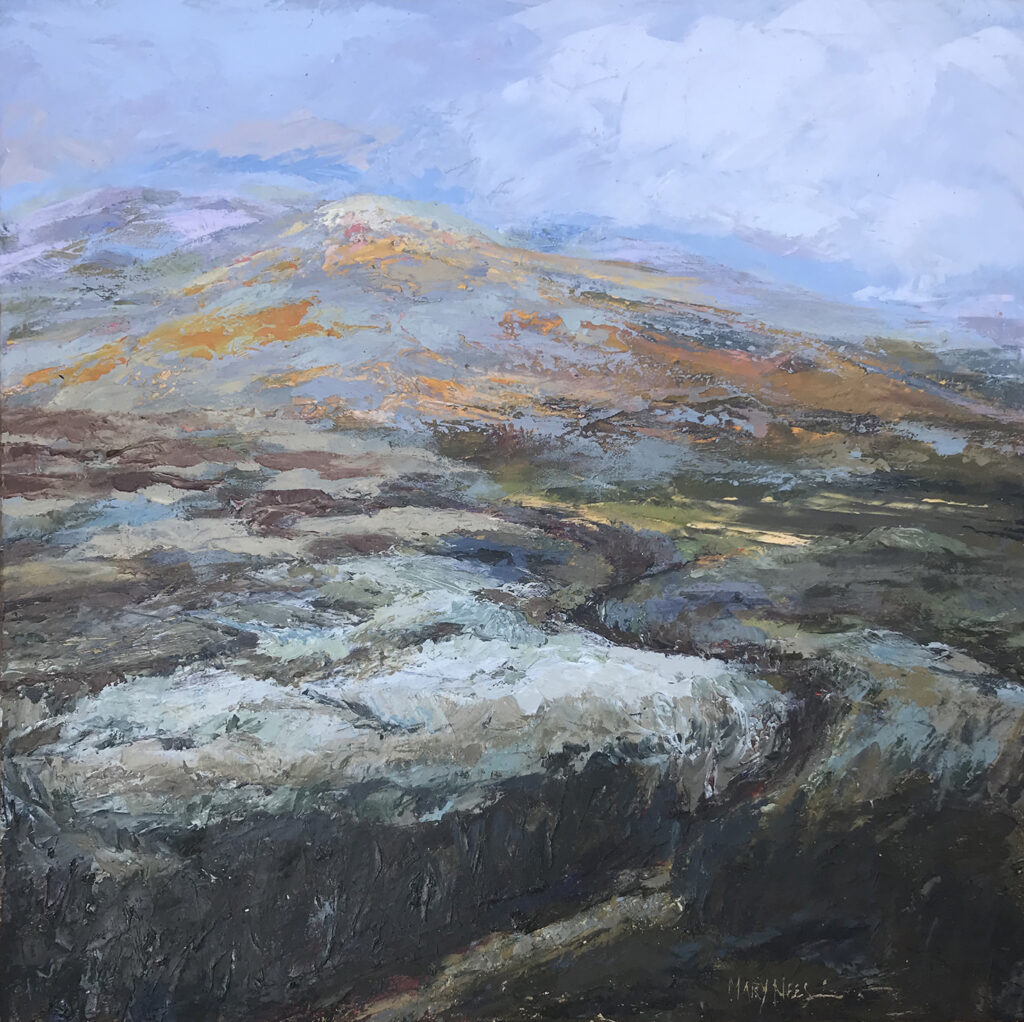
125 Those who trust in the Lord are like Mount Zion,
which cannot be moved and will endure forever.
2 As the mountains surround Jerusalem,
so the Lord surrounds his people,
now and forevermore.
3 Indeed, the scepter of a wicked king will not settle
upon the allotted land of the godly.
Otherwise the godly
might do what is wrong.
4 Do good, O Lord, to those who are good,
to the morally upright.
5 As for those who are bent on traveling a sinful path,
may the Lord remove them, along with those who behave wickedly.
May Israel experience peace.
New English Translation
